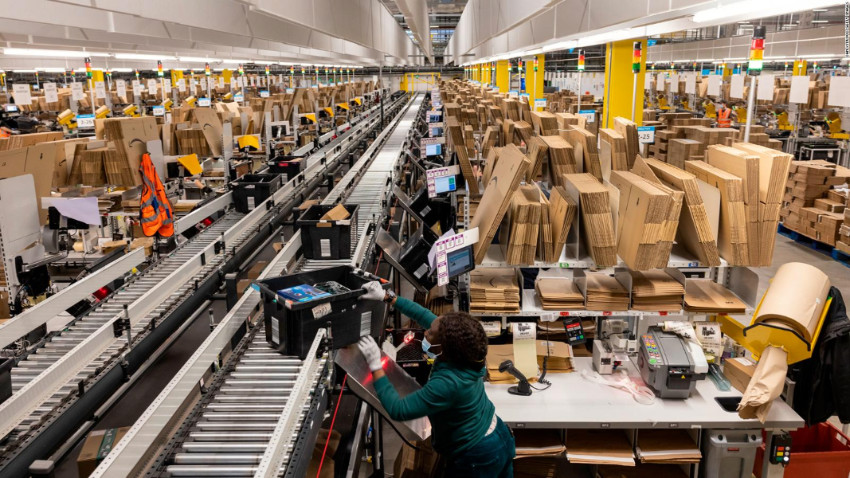
Amazon has announced its prices will go up in the coming days to reflect the soaring inflation in the US. The e-commerce giant says that the move is designed to offset some of the burden that soaring prices have brought to its third-party sellers. As of now, the company is planning to charge a 5% surcharge on all items for fuel and inflation. The new plan will kick into effect starting April 28. It is likely however that it is the final consumer who will bear the brunt of these increases.
Although Amazon is charging third-party sellers on its platform, many users who buy from Amazon typically buy from third-party sellers. This means that eventually, Amazon customers will have no choice but to pay for the increase. It's also hard to see any of these third parties opting out of the 5% surcharge. It is estimated that nearly 90% of third-party sellers on Amazon rely heavily on the fulfillment by Amazon services.

This allows them to take advantage of the vast supply chain capabilities that the company offers. A 5% surcharge on fuel and inflation will look like a small price to pay to continue using this vast retail infrastructure. Besides, the 5% charge will likely be passed over to the end customer so third-party sellers won’t get hurt that much from this. An Amazon spokesperson noted that the move has largely been caused by the unprecedented rise in fuel costs and inflation in the United States.
There was a lot of hope that after the COVID-19 crisis things would start to get normal. The world was already reeling from the supply chain disruptions that were caused by the lockdowns. It was believed that after the pandemic was over, these bottlenecks would start to ease. But then came Russia's invasion of Ukraine.
While the west decided to move to impose tough economic sanctions on Russia, the knock-off effect has been a surge in energy prices around the world. Just recently, US gas prices hit new records. Although they have eased in recent weeks, it is expected that fuel prices will rise substantially by the end of 2022.

US inflation has also skyrocketed. At the moment, it has hit a 40-year high with some predictions showing that it could get worse before it gets better. Before this event, Amazon was already charging a relatively small fuel surcharge for its delivery service. While Amazon's fuel charge is roughly around 24 cents per unit, other major logistics and shipping services like FedEx charge 49 cents.
UPS, on the other hand, charges 42 cents per unit. So, in the grand scheme of things, Amazon sellers were already paying less so the 5% increase is unlikely to have any serious effect on their bottom line. The question however is what will Amazon do if fuel prices keep rising. There is already a lot of talk about a full embargo on Russian oil and gas. This could push the prices to unprecedented levels in the coming months.












